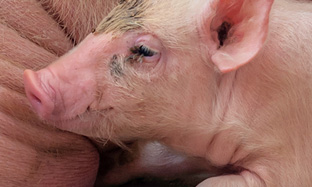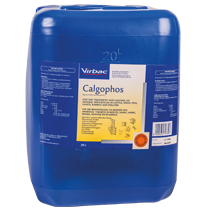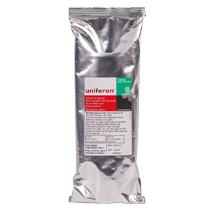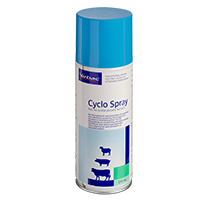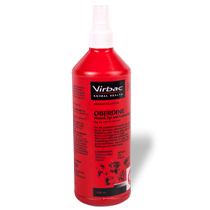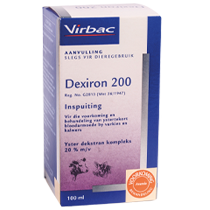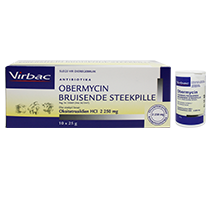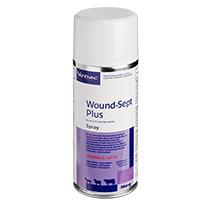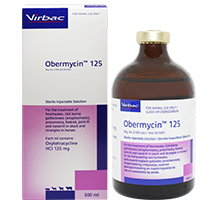
How Sources Of Iron Treatment Differ
Colostrum and milk from the sow are both good sources of iron; however, the concentration of iron in these two sources is inadequate to support optimal growth. Therefore, iron supplementation is required.
Supplementation with injectable iron is widely recognised as the most practical, cost-effective, accurately dosed, and effective method of prevention or treatment of sub-clinical and full-scale iron-deficiency anaemia in piglets.
The ultimate challenge for the success of orally administered iron supplements is the inefficient absorption of the iron by the immature gut of piglets and hence their ability to assimilate oral iron as haemoglobin into the bloodstream. Furthermore, with oral iron supplementation only, there is considerable animal-to-animal variation in the (poor) absorption and assimilation of the iron, which can range from minimal to no absorption and utilisation of the oral supplement.
Swabbing the sow’s udder with an iron-rich solution is a relatively poor option, because piglets are unable to effectively absorb it and it is typically too labour-intensive to be a cost-effective or long-term solution.
Piglets in confinement at commercial swine-production operations have little if any access to natural soil habitat, whereby the innate rooting behaviour of the species could provide a potential source of oral iron and other minerals.

